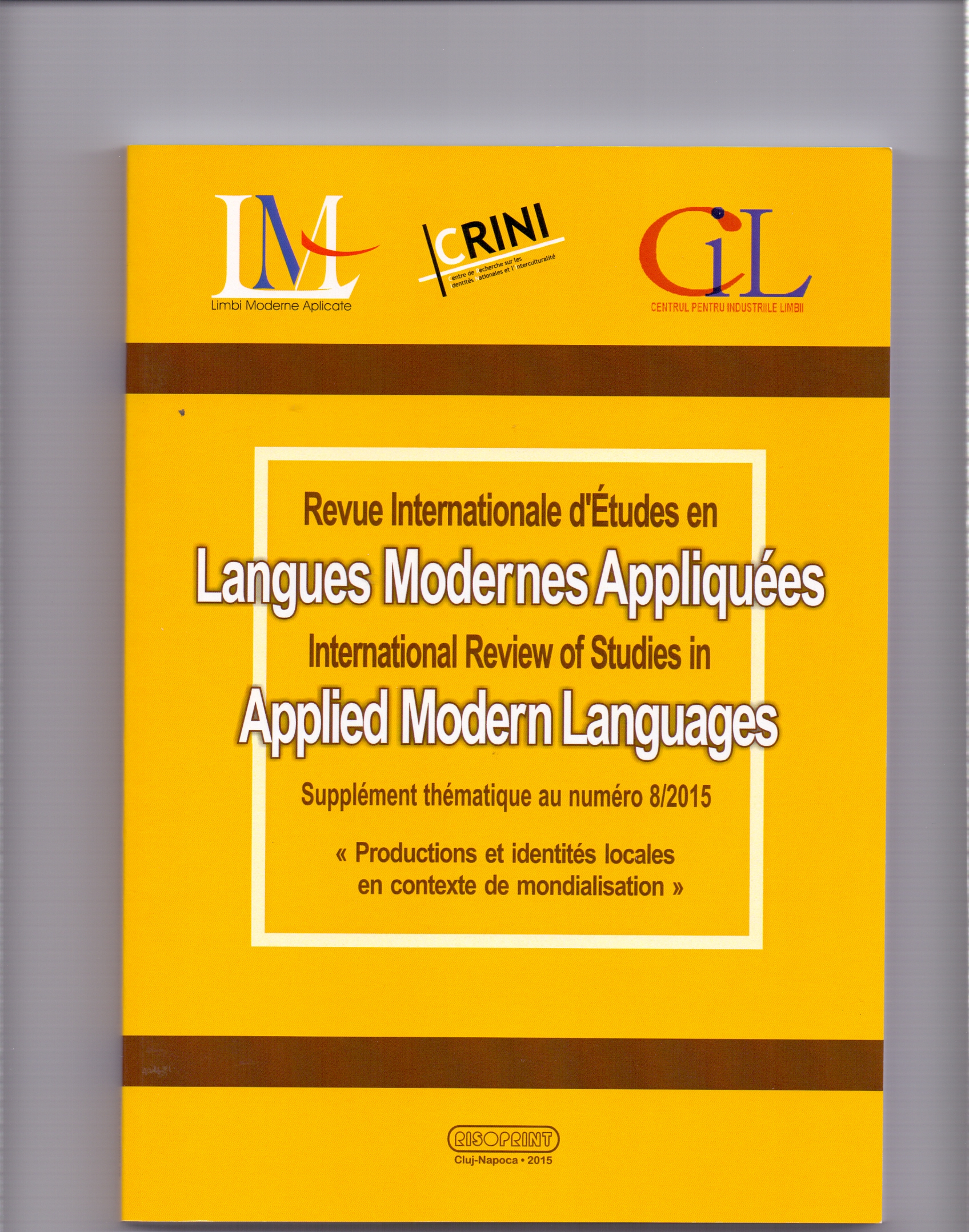Nouvelles perspectives sur la population hispanique aux États-Unis. Confluences économiques et culturelles au XXIe siècle
au XXIe siècle
New Perspectives on the Hispanic Population in the United States. Economic and Cultural Confluences in the 21st Century
Author(s): Olivia Narcisa PetrescuSubject(s): Cultural history, Demography and human biology, Migration Studies
Published by: Risoprint
Keywords: Hispanics; demographics; United States of America; economic and cultural changes;
Summary/Abstract: The assertion that hispanicism is a major phenomenon in American society is no real news in the 21st century, given the 54 million Hispanics living in the US, according to the 2013 US census. The current study takes into account both the 17% of Hispanics among the current U.S. population, and the official estimates projecting that, at least, one in four US citizens will be Hispanic in fifty years' time. At first glance, this situation may be simply explained by higher birth rates among Hispanics and the continuous Hispanic immigration to America in the last century, especially in areas near the Mexican border and in states like California, New York, and Florida. But at a closer look, we realize that economic and cultural implications cannot be entirely predicted. In this paper, we compare demographics to other economic data, such as the average income of US citizens, the fiscal values of the Hispanic companies founded in the U.S., the nature of the companies’ activity and their specific products and services on the market. As two case studies, we will examine the city of Miami, unique in the U.S. given its Hispanic majority population, as well as the Commonwealth of Puerto Rico, which will allow us to explore multifaceted mentalities, bilingualism, discriminatory attitudes, cultural and social merging. Last but not least, we will examine the expansion of the Spanish language in the United States analyzing its linguistic, social, economic, and cultural effects from multiple perspectives. On December 16, 2014, Presidents Barack Obama and Raúl Castro resumed diplomatic and economic relations between the U.S. and the Republic of Cuba after 50 years of embargo, an event which we consider to be a symbol of a new Hispanic era of changes in America and worldwide.
Journal: Revue Internationale d'Études en Langues Modernes Appliquées
- Issue Year: 08/2015
- Issue No: Suppl.2
- Page Range: 35-50
- Page Count: 16
- Language: French

